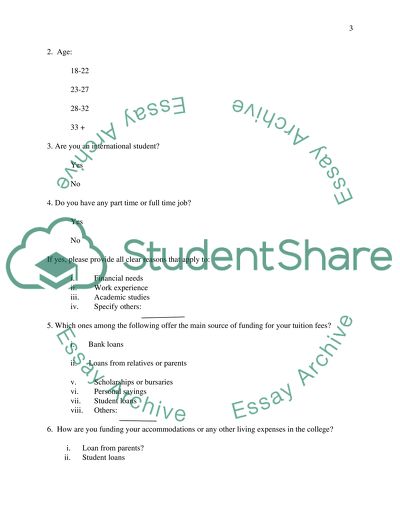Cite this document
(“A Survey of Student Debt Essay Example | Topics and Well Written Essays - 1500 words”, n.d.)
Retrieved from https://studentshare.org/sociology/1484645-a-survey-of-student-debt
Retrieved from https://studentshare.org/sociology/1484645-a-survey-of-student-debt
(A Survey of Student Debt Essay Example | Topics and Well Written Essays - 1500 Words)
https://studentshare.org/sociology/1484645-a-survey-of-student-debt.
https://studentshare.org/sociology/1484645-a-survey-of-student-debt.
“A Survey of Student Debt Essay Example | Topics and Well Written Essays - 1500 Words”, n.d. https://studentshare.org/sociology/1484645-a-survey-of-student-debt.


